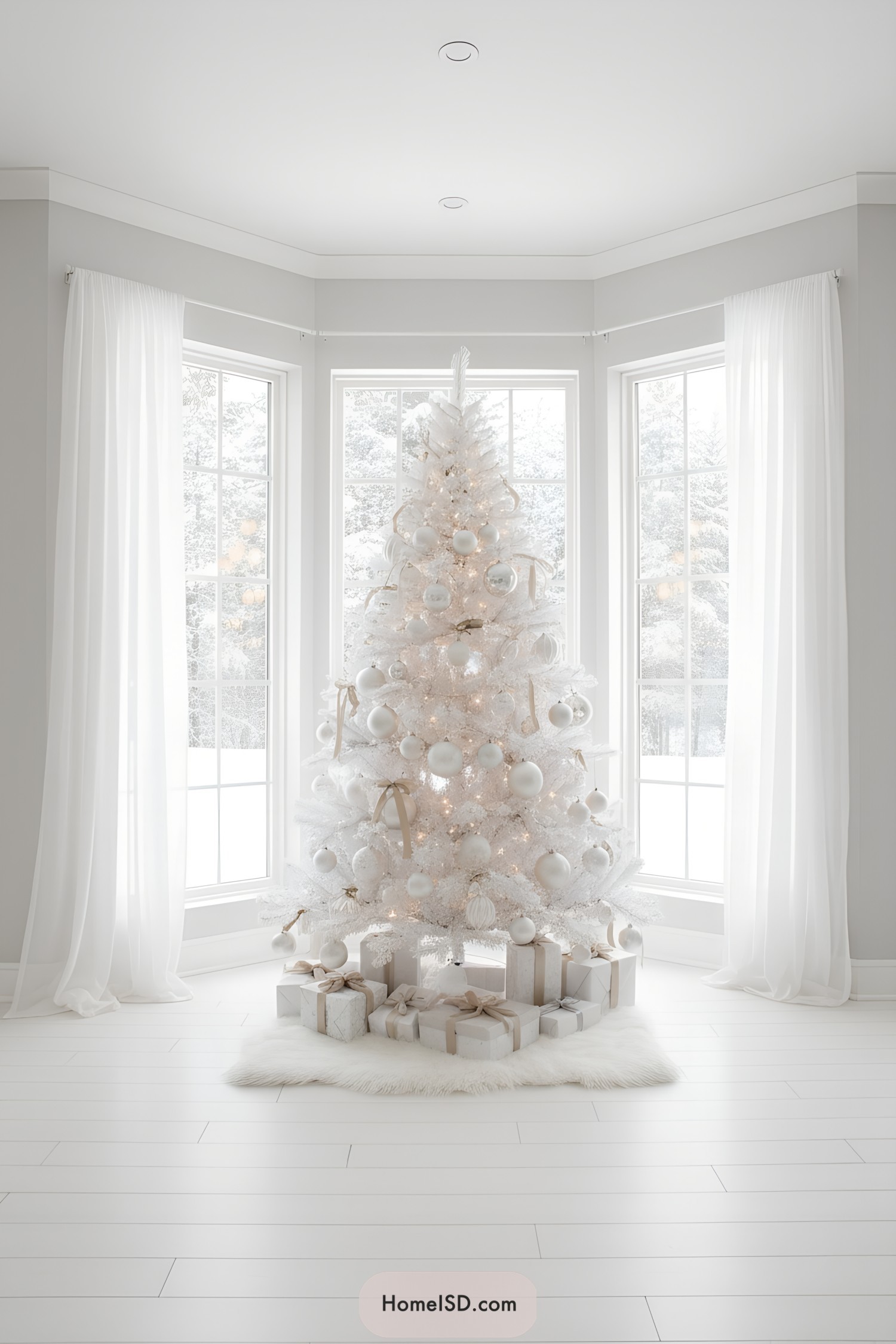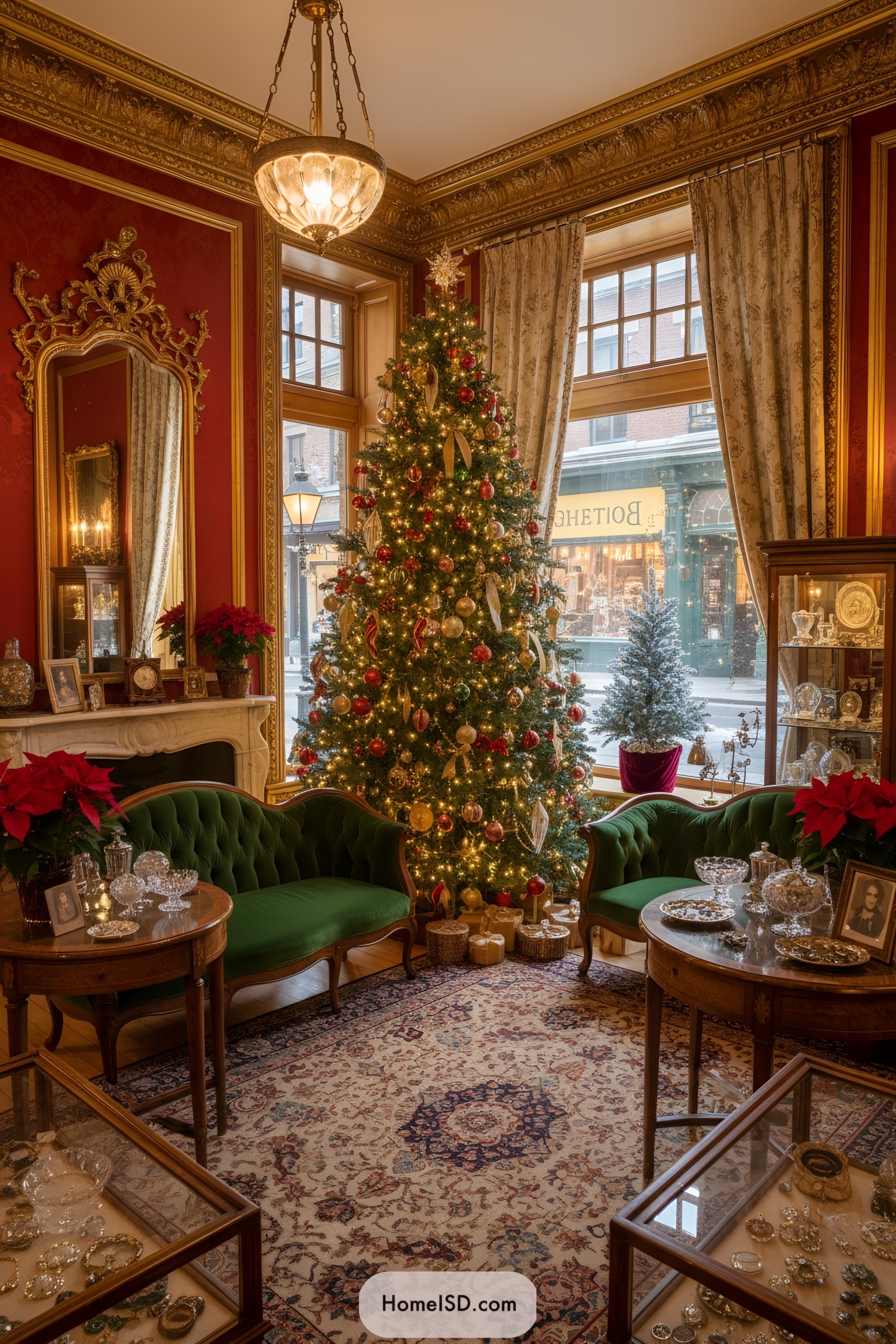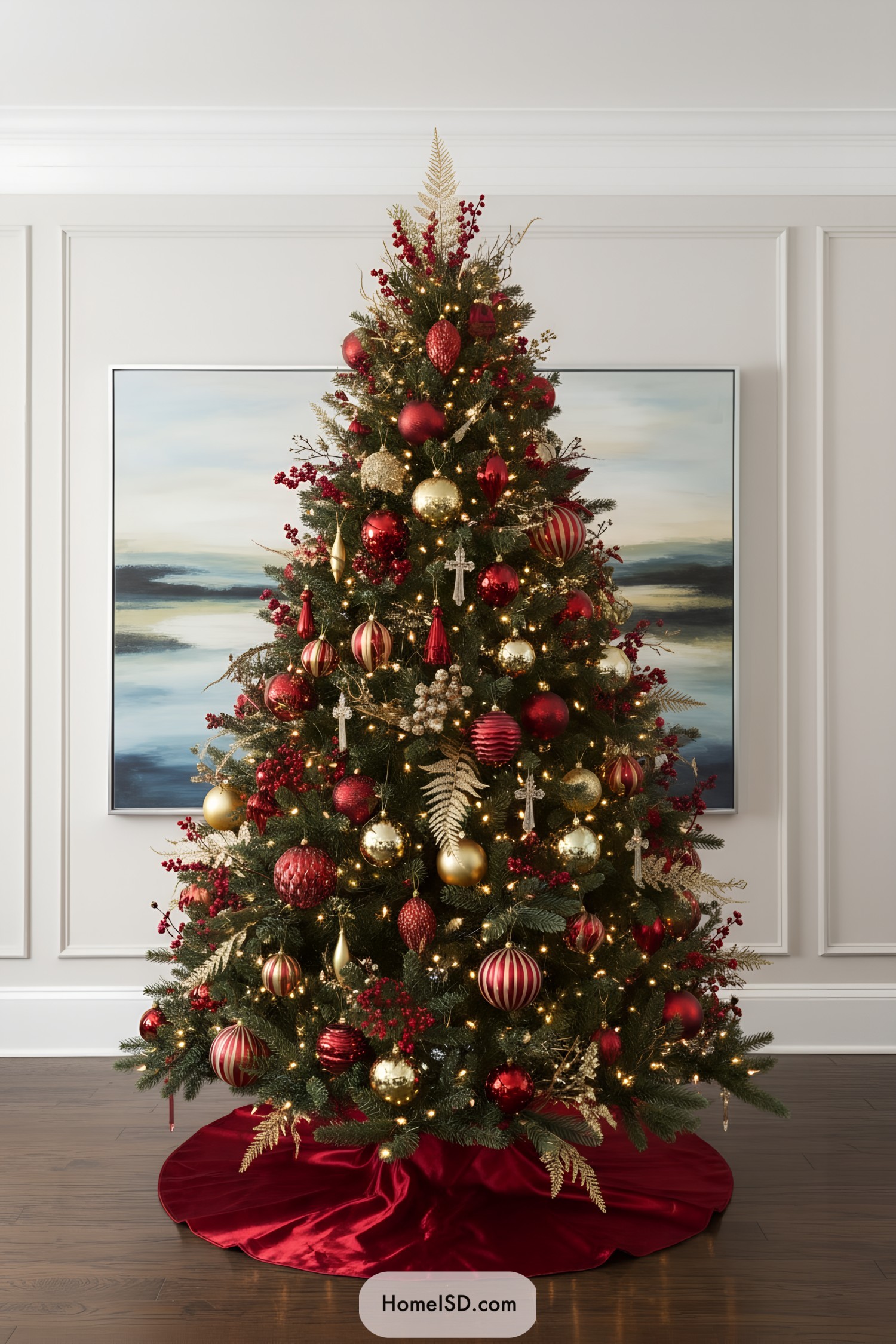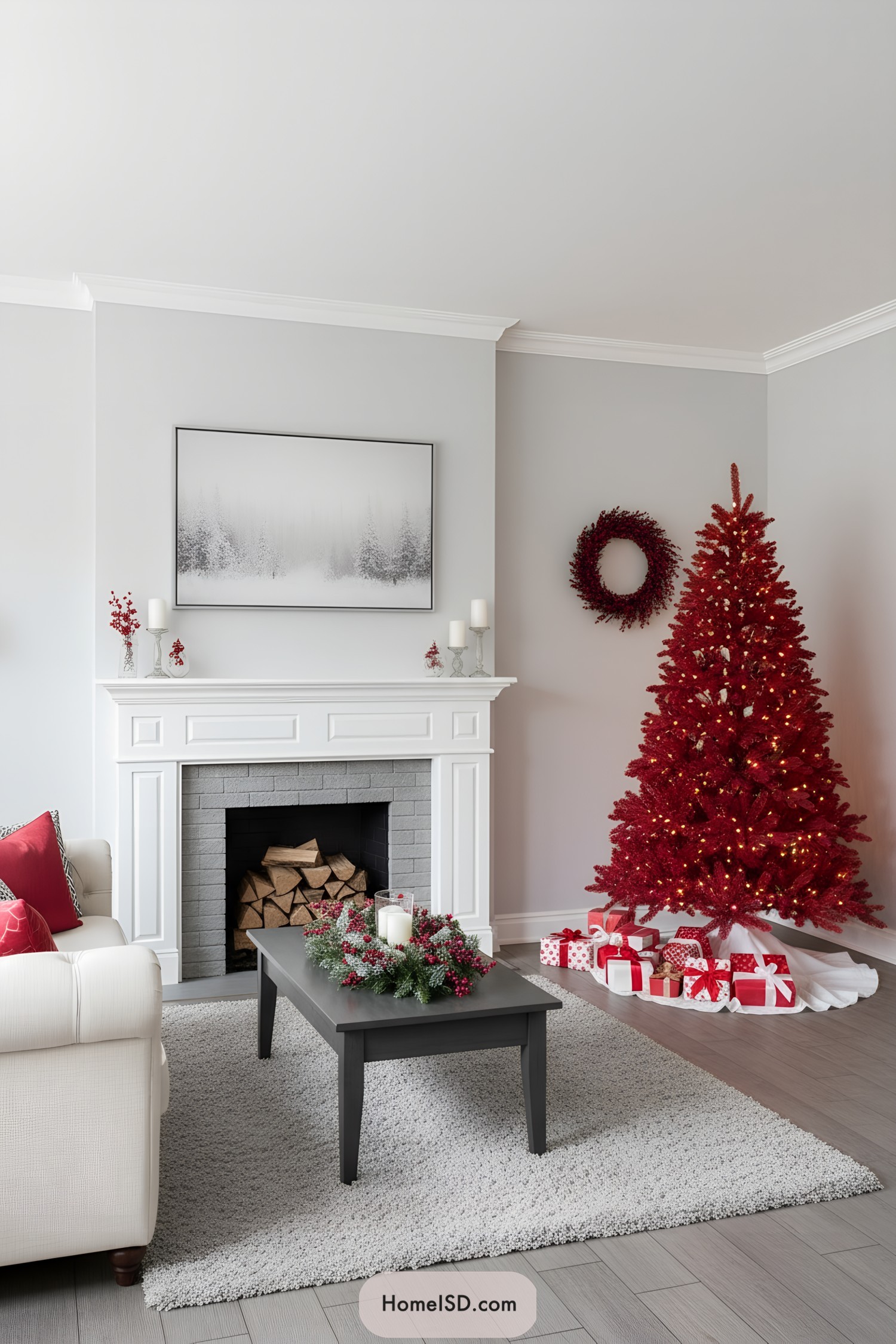Last updated on
These are the most important stats and facts about the blackout curtain market in 2022. Read on to get the insights and expert comments!
The blackout curtains seem like a practical afterthought, but people who go for them swear by them. Indeed, while you’re not looking for blackout curtains as a decorative solution (you have to try to make them look good, on the contrary). But if you spend a lot of time at home, and especially if you spend time working long nights, blocking daylight is all the more important.
Here are the latest statistics and facts about the blackout curtain market.
Interest in Blackout Curtains
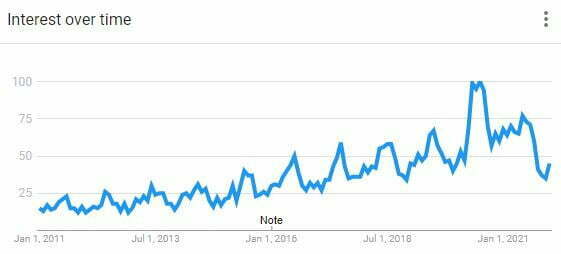
The consumer interest in blackout curtains increases year over year. We can also see the spike in interest during the pandemic. This might be explained by the time people spend at home. The longer someone spends time at home, the more they are interested in blackout curtains to keep the bedroom dark for better sleep quality.
The Biggest Maker of Blackout Curtains
The Peoples Republic of China is the largest maker of blackout curtains. As of 2016, China had a production market share of 70%, with the European Union a distant second with a market share of 12% as of the same year. The worldwide average price of Blackout Curtains fell from 19.4 USD/sqm in 2012 to 18.4 USD/sqm in 2016.
Market Segmentation
The global blackout curtains market may be divided into three categories: cover type, application, and geography. The horizontal pull variety and the lift style are the most popular in terms of cover type. By application, the blackout curtains market is segmented into household, commercial, and transportation.
The global blackout curtains market is divided into North America, Europe, Asia Pacific, the Middle East and Africa, and South America in terms of geography.
Blackout and Thermal Curtains
There is a significant distinction between blackout curtains and thermal curtains. Blackout curtains are produced of fabric that is densely woven, thick or layered. Similarly, a blackout liner, which is typically included with blackout curtains, can be applied to a standard curtain to provide the same effect.
Although thermal curtains filter out undesirable natural light, their primary role is to insulate the dwelling. Thermal curtains are typically made of double or triple-layered heavy cloth of cotton, wool, or polyester. They are coated on the window side with acrylic foam or an aluminum layer to protect them from UV damage.
Energy Efficiency
The increased use of blackout curtains in rooms that receive direct sunlight and spaces that don’t need light, such as media rooms, is fueling demand. Also, due to growing energy efficiency and cost-saving needs, people are increasingly using blackout curtains in their houses, businesses, and offices, further increasing growth in the sector.
In 2020, the commercial sector dominated the market and is expected to expand at the highest rate in the coming years. This is due in large part to stringent energy-saving rules and an ever-growing requirement for dark rooms in media companies, which has boosted the market growth.
Market Value
The global Blackout Curtains market was valued at 1,683.73 million USD in 2020 and would increase at a CAGR of 2.23 percent from 2020 to 2027. In 2020, North America dominated the market and is projected to expand at a high rate over the next several years.
This is mainly due to the growing popularity of blackout curtains in houses and businesses and the huge number of product producers. Furthermore, with more funds being invested in improving the surface properties of these curtains, the regional market expansion will continue.
Pandemic Impact
The blackout curtains industry has been hit hard by the COVID-19 outbreak. The epidemic had a significant impact on both business and transportation. There was a decrease in the usage of blackout curtains due to limited operations in the commercial sector and a prohibition on transportation activities, which impacted industry development.
The emergence and spread of the Coronavirus have also affected the market dynamics, competition, and worldwide supply chain. The market’s revenues decreased in 2020. Companies that enhance their approach and management are likely to outperform the competition in the future.
Largest Industry Players
The global blackout curtain market is diverse in terms of design, material, and color; thus, the market is fractured. The development of production technology innovation is a top priority for the key players in the blackout curtains market. New entrants are anticipated to enter the blackout curtains market, owing to continuous construction industry improvements, as well as rising consumer demands. The following are some of the major players in the blackout curtains industry:
- JINCHAN (China)
- Major (U.S.)
- HunterDouglas (Netherlands)
- MOLIK (U.S.)
- Ellery Homestyles (U.S.)
- Elite (Canada)
- Collochome (China)
- Wonder (South Africa)
- Gorgeous Homes (U.S.)
- Best home fashion (U.S.)
Fun Facts About Blackout Curtains
Did you know that blackout curtains were originally designed for World War II? During World War Two, Britain utilized blackout curtains to conceal interior illumination from Nazi aircraft. If a Nazi pilot observed light emanating from a building, they were likely to bomb it.
Area-wide blackouts were implemented to protect many major cities in Northern Europe when nighttime air raids endangered these towns. Allied leaders thought that without artificial illumination from cities, bomber aircraft would be hard-pressed to reach their targets.
In 1939, the British government began to enforce blackout regulations. During the war, the British government passed a law requiring that windows and doors be shrouded at night so that German aviators could not see anything.
The government ensured that all households had access to and could afford the necessary blackout material. The majority of sashes were black, although, in certain instances, as many as three or four layers had to be used before all light was extinguished.
Statistical Benefits of Blackout Curtains
If you’re wondering whether blackout curtains are for you, consider this. Some blackout curtains reduce light by up to 99%. Working at night may cause health issues due to odd sleeping patterns. Blackout curtains may provide a dark ambiance and help to alleviate certain health issues.
Those who live in regions where the sun is out for twenty or more hours a day may find curtains beneficial. During winter, blackout drapes might retain heat and block light and warmth from entering during the summer.
The windows account for 50-60% of the thermal energy loss. By covering your windows with blackout curtains, you can reduce this amount by 25%, resulting in lower utility bills and greenhouse gases.
Blackout curtains lower energy expenses by cutting the sunshine and UV radiation that enters the room. Blackout curtains also safeguard furnishings and flooring from sun damage and fading, making them more long-lasting.
Recap
